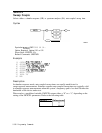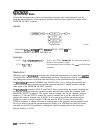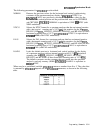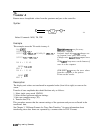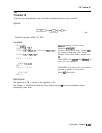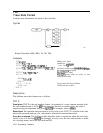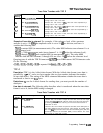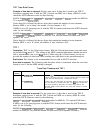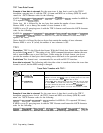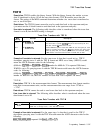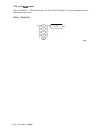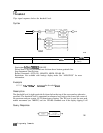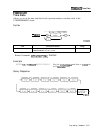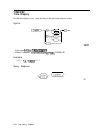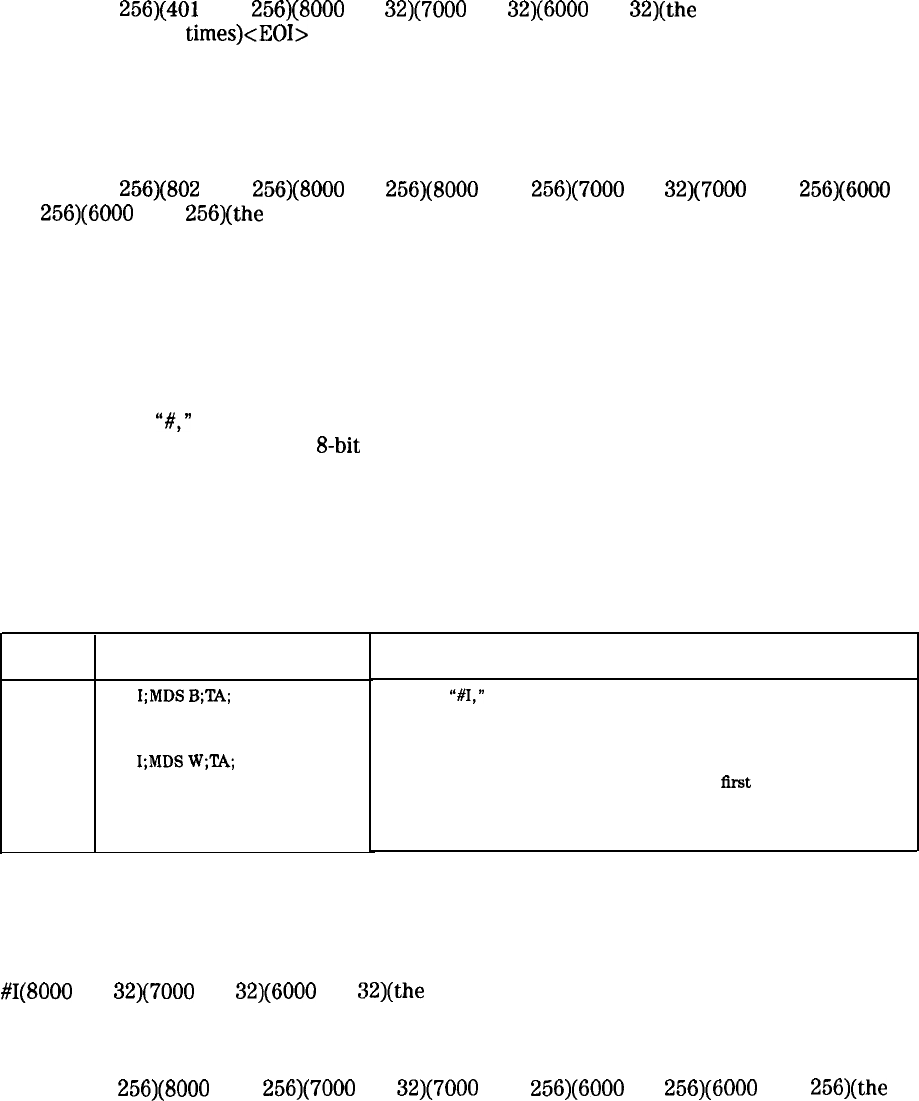
TDF Trace Data Format
Example of how data is returned: For the same trace A data that is used in the TDF P
description, querying trace A with the TDF A format and MDS set to binary (MDS B) would
return the ASCII character codes for the following:
#A(401 div
256)(401
mod
256)(8000
div
32)(7000
div
32)(6000
div
32)(the
number for 6000 div
32 is repeated 398
times)<EOI>
Notice that #A is followed by the two bytes that contain the number of trace elements.
Because MDS is set to binary, the number of trace elements is 401.
If MDS is set to W, querying trace A with the TDF A format would return the ASCII character
codes for the following:
#A(802 div
256)(802
mod
256)(8000
div
256)(8000
mod
256)(7000
div
32)(7000
mod
256)(6000
div
256)(6000
mod
256)(the
number for 6000 div 256, then the number for 6000 mod 256 is
repeated 398 times)
Notice that #A is followed by the two bytes that contain the number of trace elements.
Because MDS is set to W (word), the number of trace elements is 802.
TDF I
Description: TDF I is the I-block data format. With the I-block data format, trace data must
be preceded by
“#,”
and “I.” The setting of the MDS command determines whether the trace
data is transferred as one or two
g-bit
bytes. Unlike using the A-block format, you do not
provide the number of data bytes when sending trace data back to the spectrum analyzer.
Restrictions: This format is not recommended for use with an RS-232 interface.
How data is returned: The following table describes what is transferred when the trace data
format is set to I, but the MDS setting is changed.
Trace Data Transfers with TDF I
MDS
Example
setting
Binary
TDF
I;MDS
B;TA;
Word
TDF
I;MDS
W;TA;
Description
Transfers
“#I,”
then the 401 bytes of trace data. Using MDS B
“reduces” the trace value into 1 byte by dividing (DIV) the trace value
by 32. The trace data transfer is ended with an EOI.
Transfers “#A,” then 802 bytes of trace data. MDS W uses two bytes
per trace element to transfer trace data. The
ilrst
byte contains the
trace value divided by (DIV) 256, the second byte contains the
remainder (MOD) of that division. The trace data transfer is ended
with an EOI.
Example of how data is returned: For the same trace A data that is used in the TDF P
description, querying trace A with the TDF I format and MDS set to binary (MDS B) would
return the ASCII character codes for the following:
#I(8000
div
32)(7000
div
32)(6000
div
32)(the
number for 6000 div 32 is repeated 398 times)
If MDS is set to W, querying trace A with the TDF I format would return the ASCII character
codes for the following:
#I(8000 div
256)(8000
mod
256)(7000
div
32)(7000
mod
256)(6000
div
256)(6000
mod
256)(the
number for 6000 div 256, then the number for 6000 mod 256 is repeated 398 times)
5-546 Programming Commands



